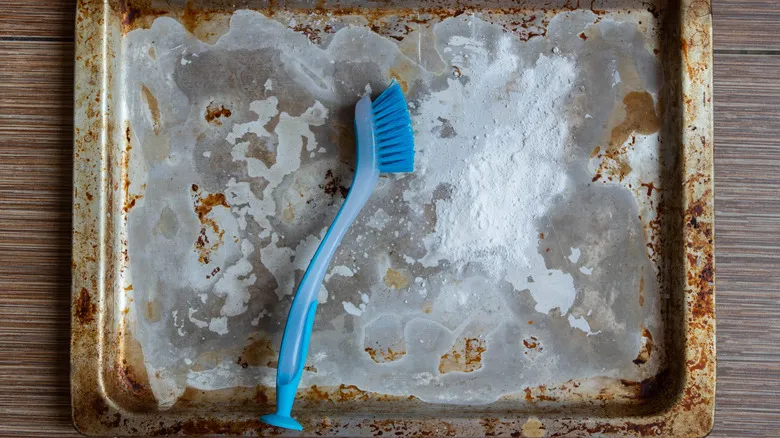Other baking soda cleaning hacks
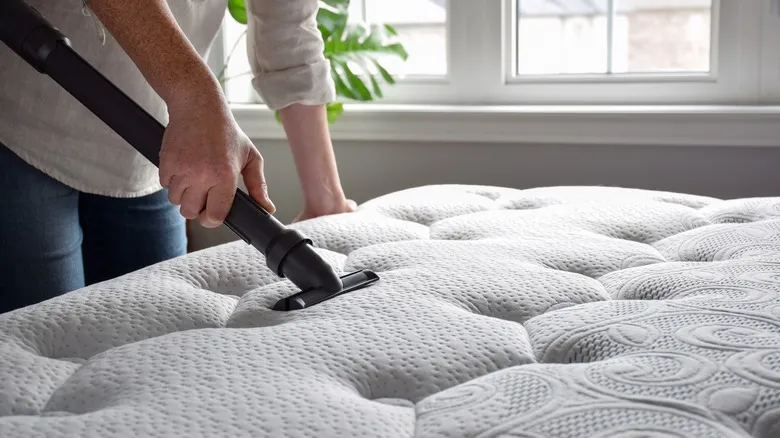
In addition to removing stubborn residue from cookware, baking soda serves as an effective tool for rejuvenating worn-out cutting boards. Bacteria thrive in areas with leftover food particles, but you can easily clean and disinfect your cutting boards using baking soda and half a lemon. Just sprinkle some baking soda on the board and use the acidic lemon as a scrubber to polish the surface.
This versatile kitchen staple is also useful for tackling other household tasks. Take advantage of baking soda's deodorizing and stain-absorbing properties to freshen up your mattress. Simply sprinkle baking soda over the mattress surface and let it sit for a few minutes before vacuuming it up. For any stains on the mattress, spray them with white vinegar first, then apply baking soda. Keep in mind that you'll need to allow the area to dry a bit longer before vacuuming up the powder.
Recommended
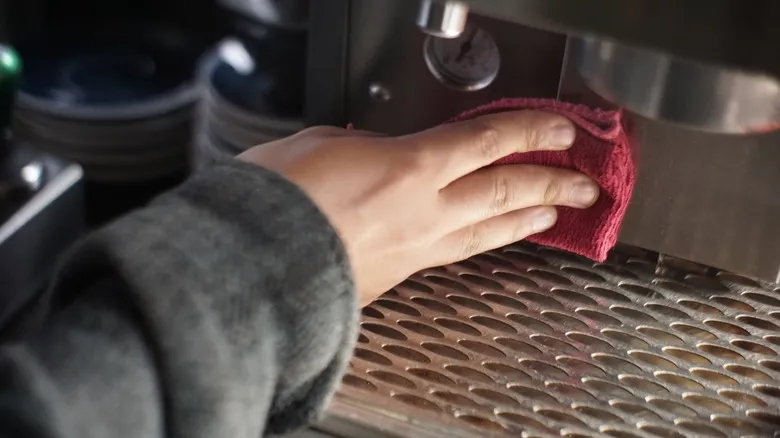
The Pantry Staple That Will Keep Your Espresso Machine Sparkling Clean
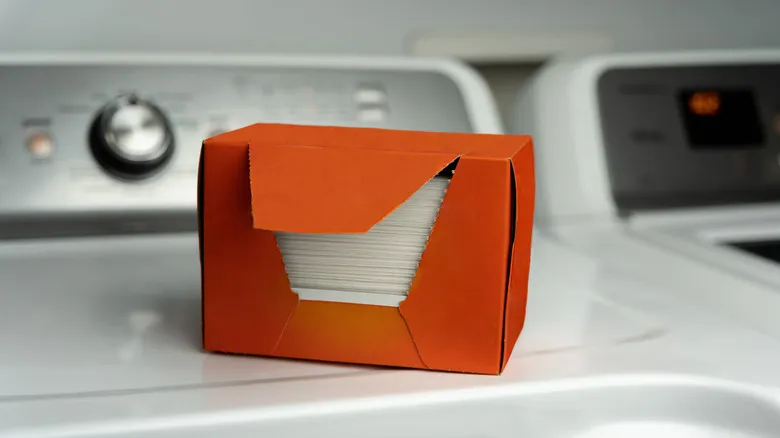
Should You Be Cleaning Your Sheet Pans With Dryer Sheets?
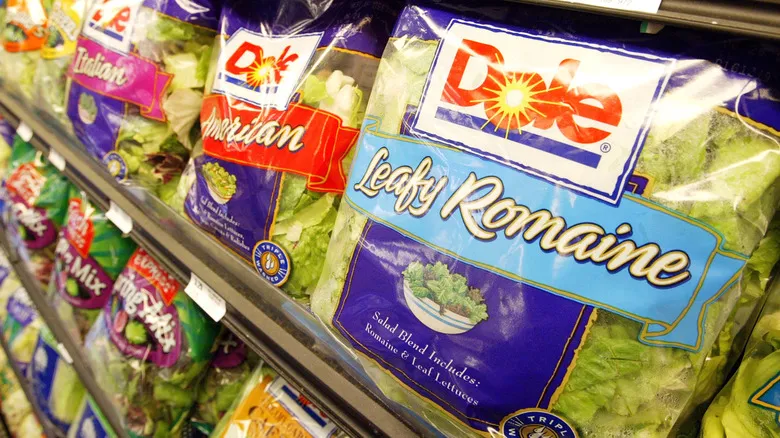
Here's Why Bagged Salad Greens Are Labeled 'Triple-Washed'
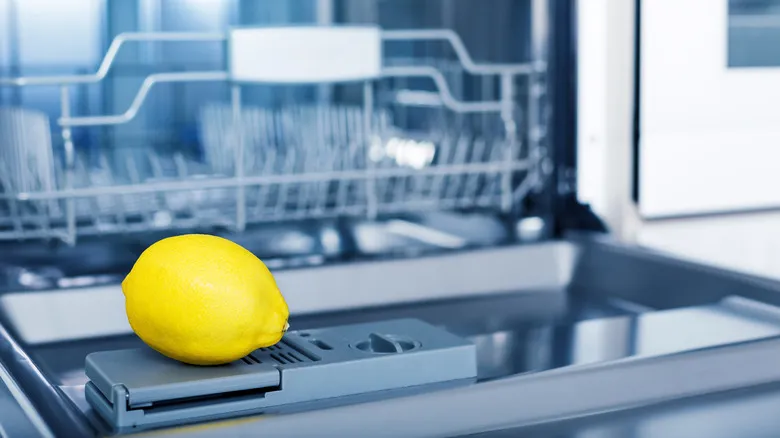
How A Lemon Keeps Your Dishes And Dishwasher Fresh
Next up

